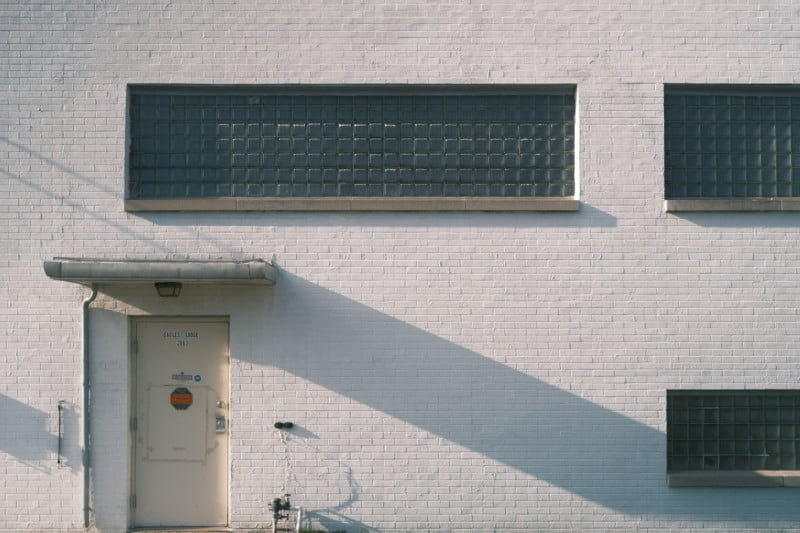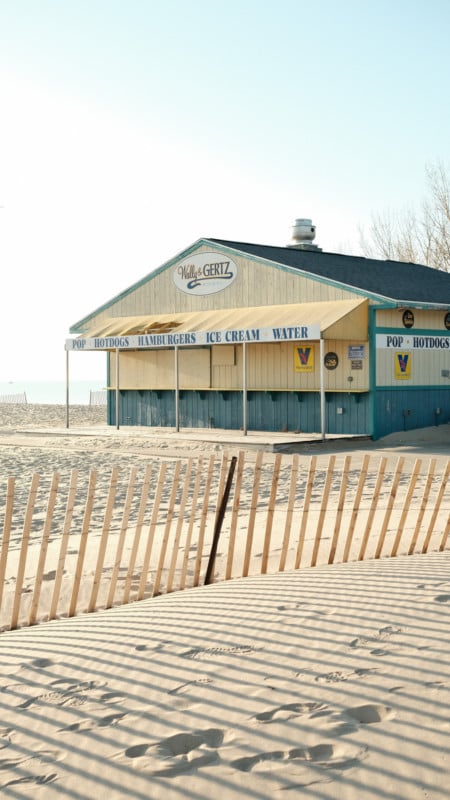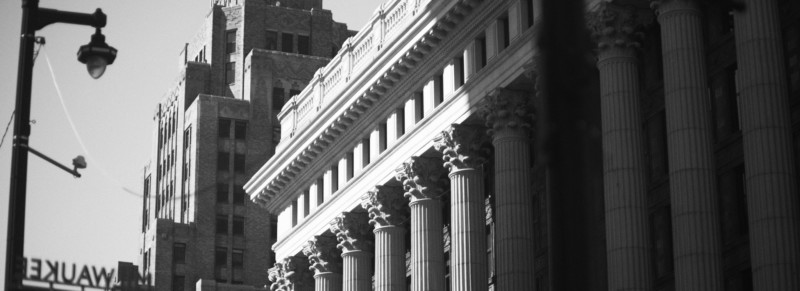Why This Photographer Has Almost Entirely Stopped Shooting in RAW
A content creator for Moment — an online marketplace for photo and video gear — has shared why he ditched shooting in RAW and more often than not will shoot with his Fujifilm JPEG files, making most of the different ways to post-process in the camera, instead.
Each photographer revises a way of working that suits the final product and purpose of the shoot, whether that means shooting in RAW to capture more sensor data which is helpful in post-processing or opting for ready-to-use JPEG files, which put less pressure on storage needs and can work well for those who want to immediately use their files. There are benefits for both methods, as explained in detail by Chris Lee for PetaPixel’s, and understanding both can enhance the shooting experience and workflow.
Content creator Joshua Martin made the switch to shooting JPEG files with film simulations and recipes after he purchased his first Fujifilm camera — the Fujifilm X-H1. The different available film simulations can be selected in the Fujifilm camera menu and then are applied to JPEG files as the photograph is taken.

Similarly, Fujifilm “recipes” are created in the camera menu by adjusting particular settings of an already existing film simulation, such as the white balance, dynamic range, tone curve, color, sharpness, clarity, and more. These can help shooters replicate digital profiles of other film stocks or simply create a unique one.

Martin tells PetaPixel that he started to experiment with the film simulations and, to his surprise, was happy with the results. Shooting with different film simulations instead of working with RAW files helps Martin save time on his photography workflow, and once he learned more about the Fujifilm recipes, he tweaked them to suit his preferences and saved them as presets to get the looks he wants in less time than before.
Although film simulations already deliver a ready-to-use JPEG file, Martin finds himself tweaking a few settings in post-processing, such as sharpness and contrast, primarily using Lightroom Mobile.
“I’ve become more decisive when using simulations and recipes, it’s the idea of getting right in camera first and making little to no adjustments later,” Martin says.

With Martin’s career focused on filmmaking and content creation, he uses the simulations and recipes for his landscape, street, portrait, and product photography. Even though the applied simulations and recipes are based on existing film stock, Martin believes that it doesn’t mean the final image has to look like or replicate film. Instead, it simply gives unique tones to his photos in-camera and delivers a polished look. The only scenarios Martin would consider shooting in RAW would involve images that require in-depth editing in Photoshop, such as for composites or high-end portrait work.
“It’s been such a rewarding feeling to set up my camera’s colors in a way that fits the look I want,” he says.
For those who exclusively shoot in RAW, Martin encourages them to try this method to achieve the desired look in the camera. Fujifilm simulations also allow shooters to use their time more efficiently in post-processing: “All I have to do is mess with exposure, the color speaks for itself.”
More of Moment’s educational and inspirational videos can be found on the company’s YouTube page, while Martin’s own work can be viewed on his Instagram.
Image credits: All images by Joshua Martin and used with permission.